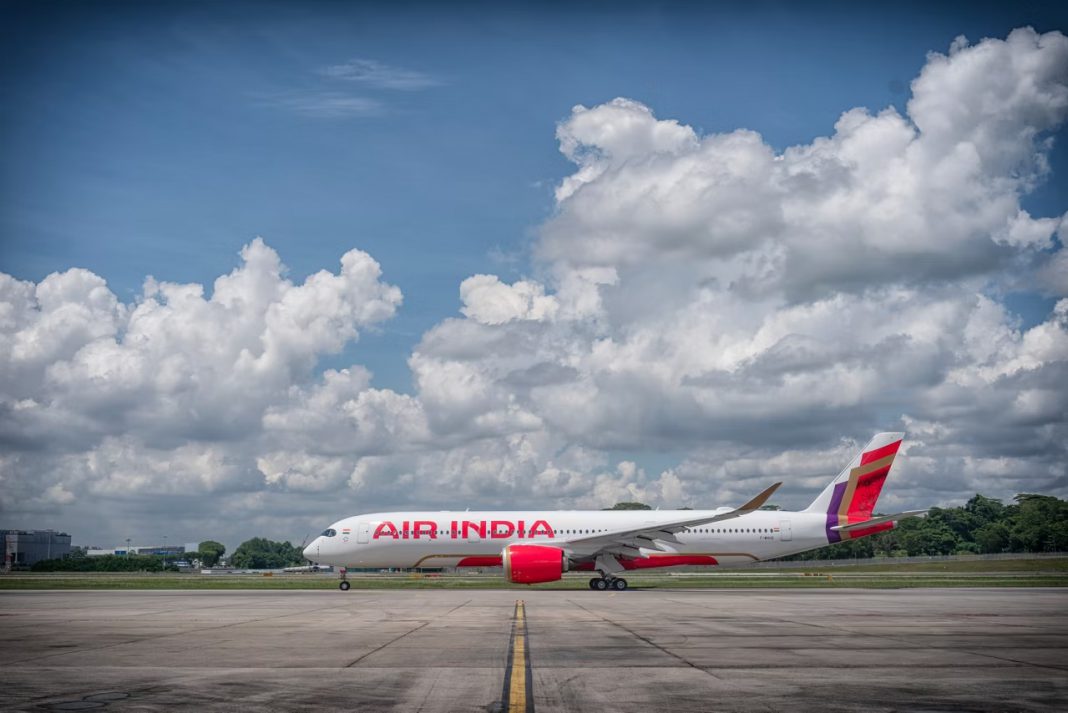India’s Directorate General of Civil Aviation (DGCA) has flagged extensive safety lapses at the country’s busiest airports, including Delhi and Mumbai, following a comprehensive, unannounced audit triggered by the fatal June 12 crash of Air India flight AI171 in Ahmedabad. The crash killed 274 people, including 29 on the ground, and raised immediate concerns about the overall health of India’s rapidly expanding aviation ecosystem.
The DGCA’s audit findings reveal systemic weaknesses across multiple layers of flight operations, maintenance procedures, ground handling, and regulatory compliance. The inspections, while not directly attributing fault to any single entity, identified repeated safety oversights that regulators believe point to broader failures in both enforcement and organizational accountability.
Scope of the Audit: System-wide Failures
The inspections were conducted between June 19 and June 25 by two DGCA teams led by joint director generals. These teams were tasked with evaluating safety and operational practices at high-traffic airports, particularly Indira Gandhi International Airport (Delhi) and Chhatrapati Shivaji Maharaj International Airport (Mumbai). The audits were part of a newly instituted Comprehensive Special Audit Framework, intended to produce a 360-degree assessment of aviation safety performance.
The audits examined:
Aircraft maintenance and defect tracking
Airport infrastructure and ground equipment
Ramp and line operations
Air traffic control (ATC) and navigational systems
Flight crew rest scheduling and licensing compliance
Simulator accuracy and training systems
Emergency equipment and onboard safety standards
While previous audits tended to focus on isolated departments or sectors, this new framework aims to assess the aviation system holistically, in light of India’s rapidly growing domestic and international traffic.
A Pattern of Neglect
Among the most troubling revelations in the DGCA’s audit was the recurrence of technical defects on aircraft that airlines had previously reported as fixed. The regulator cited “multiple cases wherein the reported defects reappeared many times,” casting doubt on the effectiveness of maintenance practices and the integrity of defect logging procedures.
In the area of aircraft maintenance, engineers were found to have failed to record alerts from aircraft systems in the required technical logbooks. In several instances, defective systems – including critical components like thrust reversers and flap/slat levers – were neither properly locked nor tagged out. Maintenance work orders were routinely ignored or left incomplete, and standard procedures for tool control and spare part inventory management were applied inconsistently.
Airport infrastructure and ground equipment also showed glaring shortcomings. At one major airport, the runway centerline marking was faded to the point of posing a risk during taxi and takeoff operations. In another case, obstruction limitation surface (OLS) data that is essential for ensuring obstacle-free departure paths had not been updated in over three years, despite nearby construction. Ground handling vehicles, such as baggage trolleys and belt loaders, were found to be unserviceable or lacking speed limiters. As a result, airport passes for drivers operating non-compliant vehicles were revoked.
Training and simulator standards were also found to be deficient. One simulator used for pilot training did not match the aircraft configuration it was intended to replicate, and the associated software was outdated, compromising training reliability and undermining proficiency checks.
Additional operational hazards included the delay of a domestic flight due to dangerously worn-out tyres, which were only replaced after DGCA inspectors intervened. Inspectors also found life vests that were not properly secured under passenger seats and damage to corrosion-resistant tape on the lower blade of an aircraft winglet. Moreover, procedural lapses were discovered in the administration and documentation of pre-flight medical checks for crew members.
The DGCA has given all involved entities, airlines, maintenance firms, and airport operators, a seven-day window to submit corrective action plans. Failure to comply could result in escalating enforcement, including written warnings, fines, or the suspension of licenses.
The regulator emphasized that this was not a one-off exercise. “This process of comprehensive surveillance will continue in future to detect hazards in the system,” the DGCA said in its statement.
Targeted Action Against Air India
In a separate enforcement action last week, DGCA ordered Air India to remove three senior personnel responsible for crew scheduling. The decision followed multiple violations related to pilot flight duty time limits and rest requirements, particularly for Bengaluru–London services operated in May, where crew reportedly exceeded the 10-hour flight time threshold.
The violations surfaced after Air India adopted a new crew scheduling software platform last year, which DGCA said had not been adequately validated. While the move is not directly linked to the AI171 crash, it adds to the regulator’s growing concerns around compliance and internal controls at India’s flag carrier.
In the wake of the crash, DGCA also ordered Air India to carry out a one-time technical inspection of all departing aircraft. These checks include engine parameters, cabin air compressor performance, take-off configuration settings, and other pre-flight systems diagnostics.
These findings have reignited scrutiny over whether India’s aviation infrastructure and oversight capabilities are keeping pace with the sector’s growth. Domestic passenger numbers hit record highs in 2024, and Indian airlines continue to expand fleets aggressively to meet surging demand. However, aviation experts warn that regulatory frameworks, safety culture, and training infrastructure must evolve just as rapidly to avoid systemic risks.
While the DGCA stopped short of linking its findings directly to the Air India disaster, the timing and tone of the audit suggest that the crash served as a wake-up call. As Indian aviation enters a critical growth phase, the country’s regulatory apparatus will face increasing pressure to modernize, enforce more rigorously, and close the compliance gaps that are now plainly visible.


